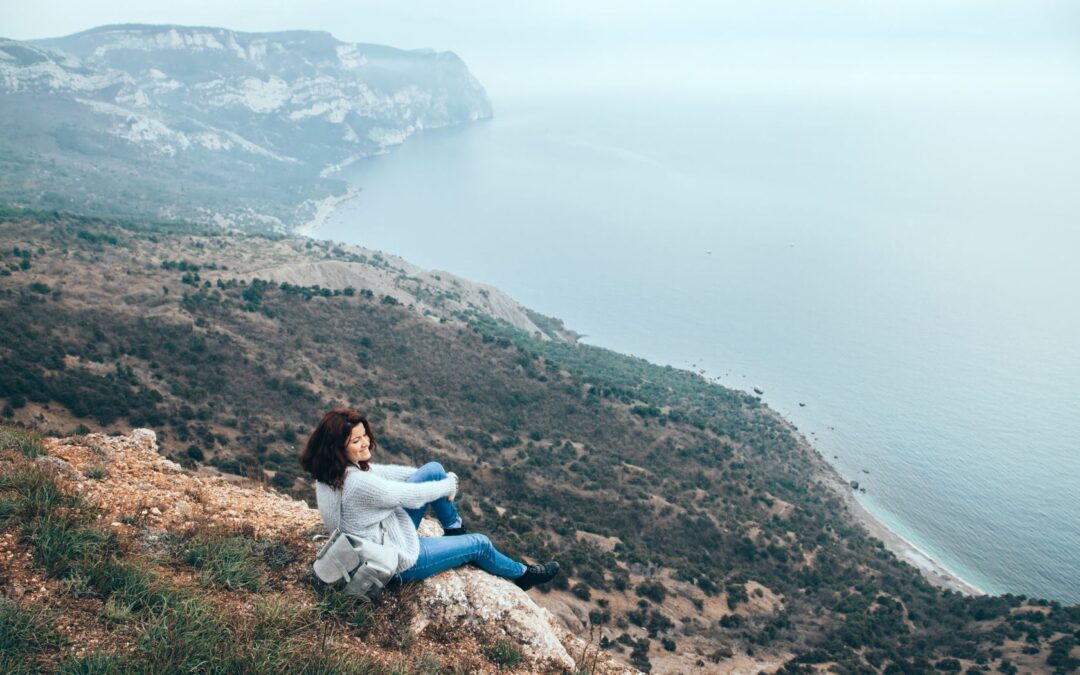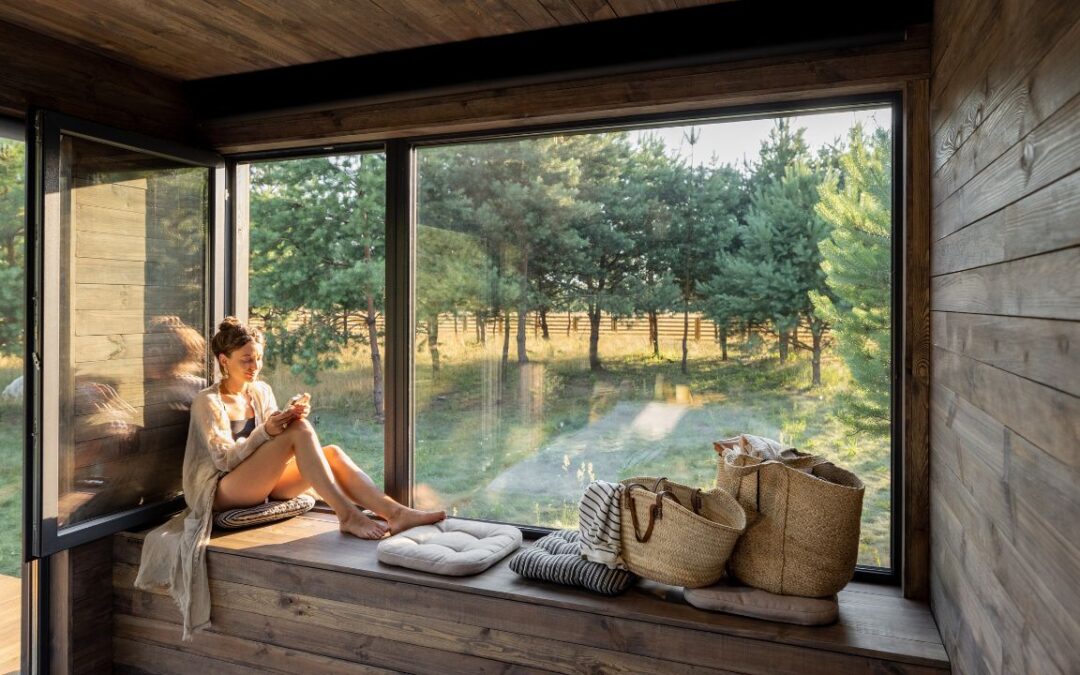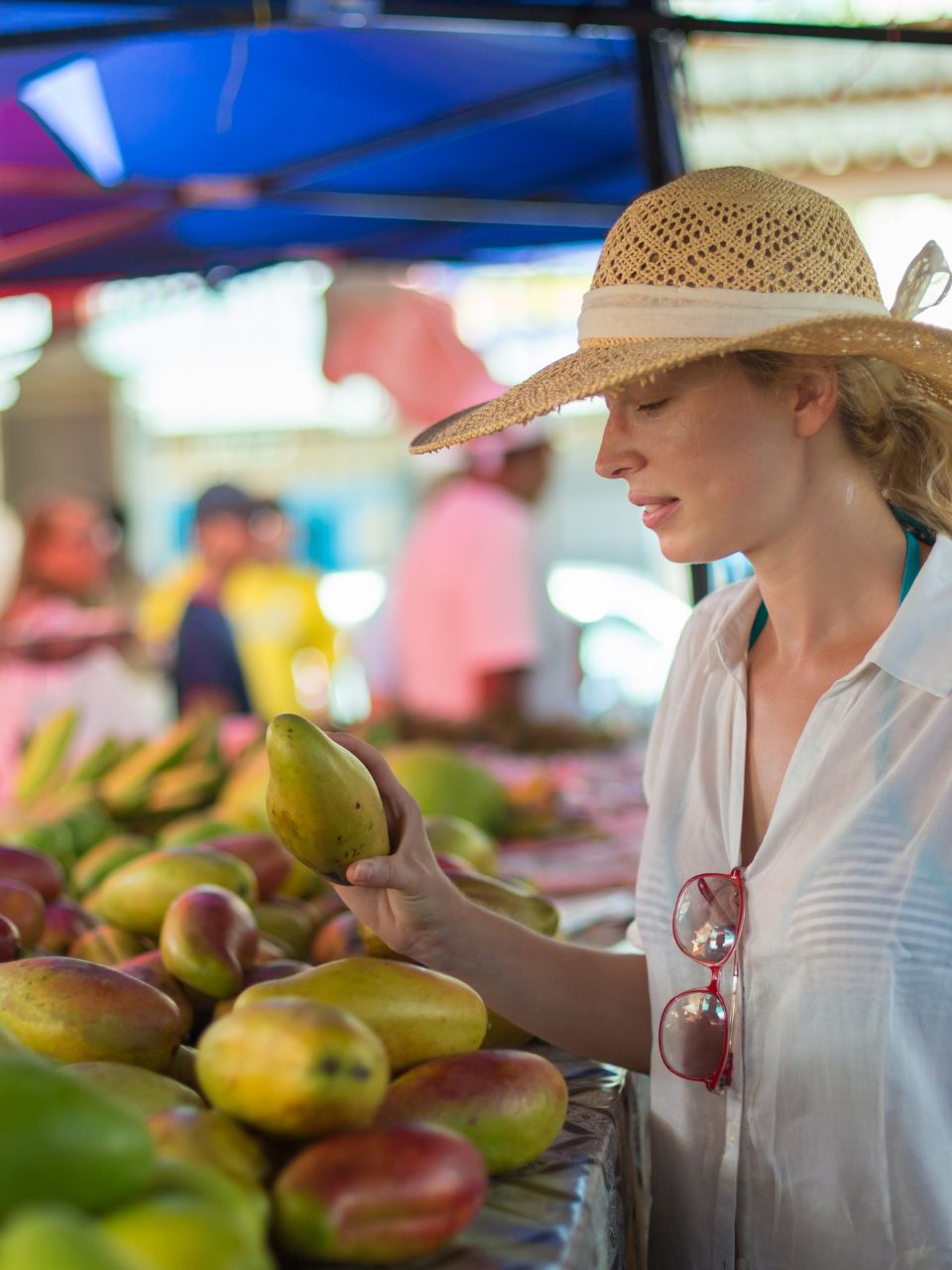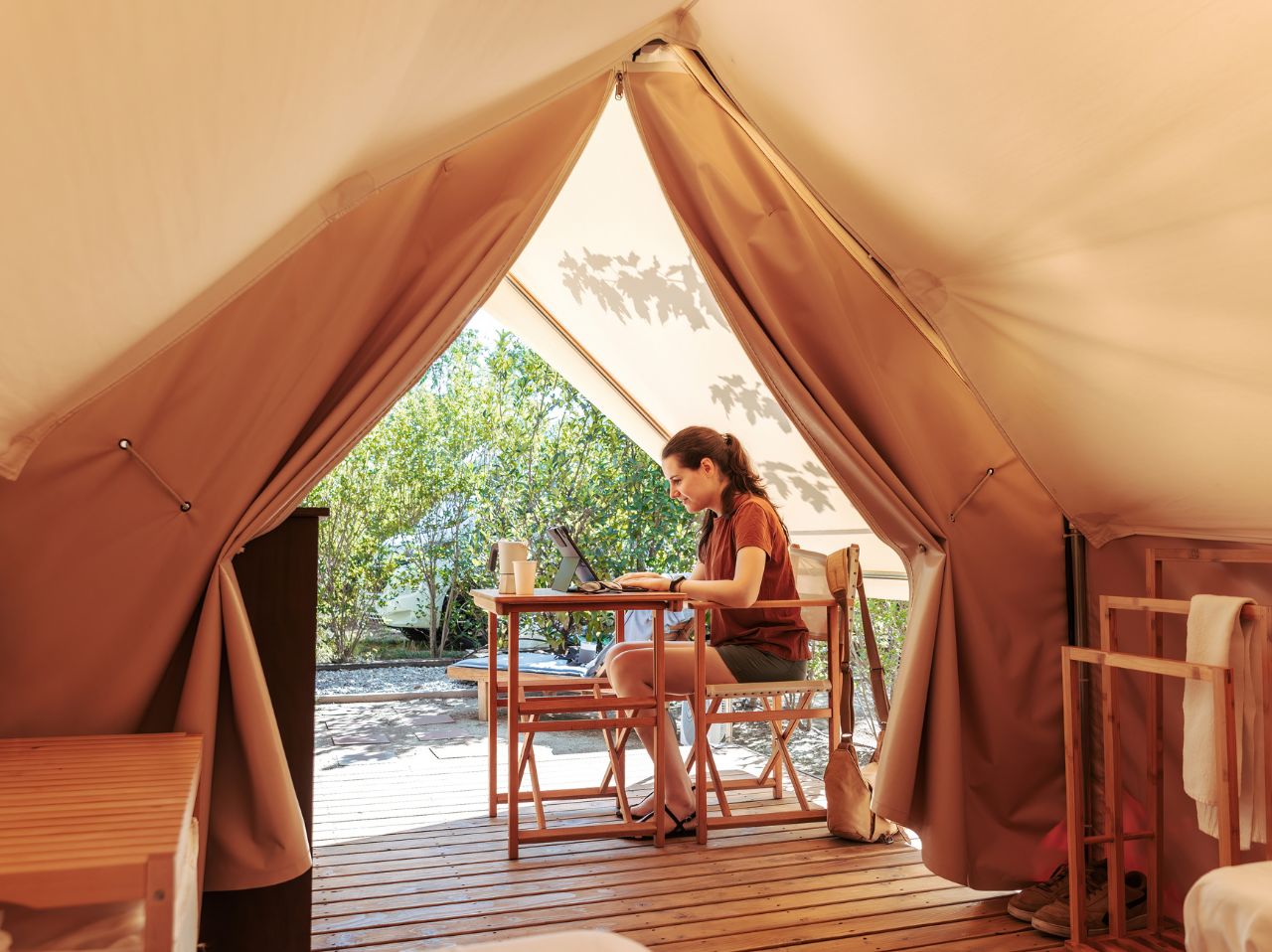
How to Sell Stock Photography as a Digital Nomad
Selling stock photography can be a great source of income for digital nomads. It will take time to build up a steady income or side income. Here are the details to get you started as a female digital nomad with stock photography full or part-time hustle.
How to Earn Money as a Stock Photo Contributor
There is an ongoing discussion among photographers about whether you should shoot what you like and clients will come to you or if you should shoot specifically what clients want. Regardless if you’re shooting for passion or for patrons, there are four important things you need to earn as a stock photo contributor.
1. Your Gear
There was also an impression that only professional photographers could upload stock images. There was a time when it was a requirement for every photographer to have a DSLR camera to be a photographer. Today you can take photos just using your high-end mobile phone! Keep in mind though that there are several professional photographers in the market and your shots have to be able to keep up with them.
2. Highest Resolution
Whether you’re using a DSLR camera or a mobile phone, your photos should be at the highest possible resolution. It’s up to the users to downsize the quality of the photos for their use.
3. On Photo Editing
When it comes to post-processing, it’s best to keep it to a minimum. Adjusting the noise and sharpness can be necessary however, take it easy on cropping and saturation. Clients want a clean, well-lit, and full-color image. Let them crop the images however they need to use them.
4. Use Keywords
Finally, your client should be able to find your image in stock image platforms. Using the right keywords for your images will get them to the top of search bars.
You can use conceptual tags to describe the character, emotion, or activity in your photo. Plus, do not spam the keywords.

Where to Sell Your Photos
All agencies have their pros and cons. No platform is perfect so it’s up to you to choose which ones you find best to use.
1. Freepik
Freepik has a database of over 5 million photos, illustrations, vector images, and PSD files. It has over 2 million daily downloads worldwide and over 50 million visitors per month. If you’re looking for a market for your stock photos as a beginner photographer, Freepik is a great start. They also provide you with tools to help you stay up to date with the trends and monetize your art.
3. Adobe Stock
If you’re using Lightroom or Photoshop to edit your photos, you probably also have Adobe Creative Cloud. And if you have Adobe Creative Cloud, you can use Adobo Stock as it’s integrated together.
Adobe Stock is used by creatives and designers to sell their photos for 33% of royalties per sale.
4. Shutterstock
Shutterstock is probably one of the most famous stock image agencies. They have paid out over a billion dollars to its contributors over the last 15 years. Since their market is already big and spread out, it might not be easy to earn a lot of money here. However, it’s a good place to start learning about stock photography and how you can earn.
5. iStock and Getty Images
iStock is a well-known agency for stock photographers. Their pay ranges from 15% to 45% and is a great place to start for newbie photographers. You need to apply and submit quality images to get accepted but once you’re through you can earn a considerable fair amount.
Other agencies for stock photography are YayImages, ElephantStock, Pixabay, Etsy, and Stocksy.

Licensing Types
Royalty-Free vs. Rights-Managed Images
Most stock photos are royalty-free images, meaning users can download and use the photos at a low price. Since users don’t have exclusivity to the photos, you might see the same photos on several websites, platforms, and media.
On the other hand, rights-managed images are usually purchased by corporations or commercial clients who want exclusive use of the photos.
Standard License vs. Extended License
Standard license allows users to use the images however they want except for political campaigns, ads for tobacco or alcohol, pornography, or on products for sale. An extended license allows clients to use the images for almost any purpose.
Editorial vs. Commercial Use
A lot of people in the photography industry get these two confused. Just because images appear in magazines, newspapers, books, and blogs, doesn’t mean they’re used commercially. They count as editorial images.
Commercial images, meanwhile, are used to generate profit or sales like advertisements. As a photographer, this means they’ll have to sign an agreement with you that they can use it for sales and it means more profit for you!
Exclusive vs. Non-Exclusive Stock Photos
You can choose to upload all your images to one stock photo agency. If you sign an exclusive contract, you can get more percentage from the sales.
If you upload your photo to multiple stock photo platforms, you earn a little less but you have higher chances of selling your photo.
Passive Income Source
The payout for stock images cannot compete with your day job. But as a digital nomad, you have the opportunity to capture thousands of different scenes from all over the world. This gives you an advantage over other photographers. And even if you’re not doing photography as a living, it’s still a good side hustle.

















